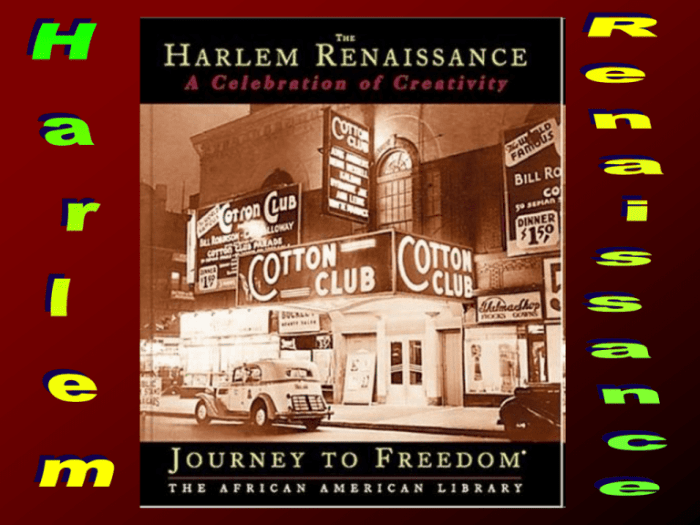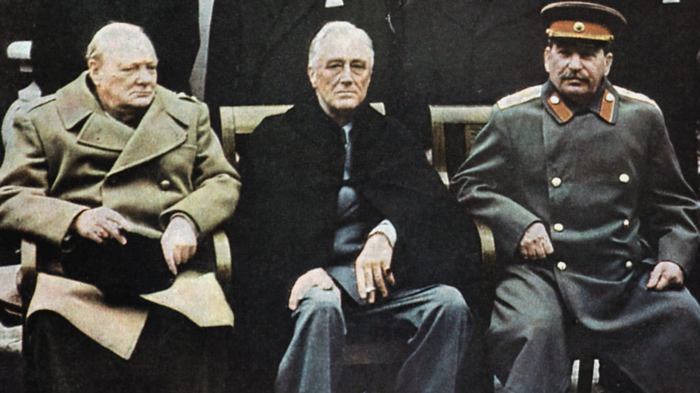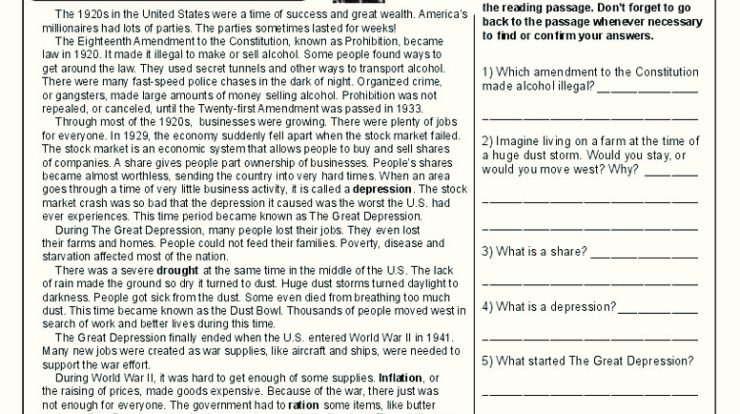The Harlem Renaissance Mastery Test embarks on an enlightening journey, unraveling the complexities and profound impact of the Harlem Renaissance. This vibrant era witnessed an explosion of creativity and cultural expression, leaving an enduring mark on American society and beyond.
As we delve into this captivating narrative, we’ll trace the historical context, explore the contributions of key figures, and analyze the literary, musical, and visual arts that flourished during this extraordinary period.
Harlem Renaissance Historical Overview: The Harlem Renaissance Mastery Test

The Harlem Renaissance, a vibrant cultural movement spanning the 1920s and early 1930s, was a period of unprecedented artistic and intellectual flourishing for African Americans in Harlem, New York City.
This period witnessed a surge in literary, musical, and visual arts production, driven by a newfound sense of racial pride and self-expression among African Americans. It challenged racial stereotypes, celebrated African American culture, and laid the groundwork for future civil rights movements.
Timeline of Key Events, The harlem renaissance mastery test
- 1917:Great Migration of African Americans from the rural South to Northern cities, including Harlem.
- 1921:Publication of Claude McKay’s poem “If We Must Die,” a powerful response to racial violence.
- 1923:Opening of the Cotton Club, a popular nightclub that showcased African American performers.
- 1925:Publication of Langston Hughes’s first collection of poetry, “The Weary Blues.”
- 1927:Publication of Zora Neale Hurston’s novel “Their Eyes Were Watching God.”
- 1930s:Great Depression dampens the momentum of the Harlem Renaissance.
Social, Cultural, and Political Factors
The Harlem Renaissance was shaped by several key factors:
- Urbanization:The Great Migration brought a large number of African Americans to cities, creating a critical mass for cultural development.
- Economic Prosperity:The post-World War I economic boom created opportunities for African Americans to pursue artistic careers.
- Cultural Nationalism:A growing sense of racial pride and self-determination among African Americans.
- Patronage:White philanthropists and patrons supported African American artists and writers.
Essential FAQs
What is the significance of the Harlem Renaissance?
The Harlem Renaissance was a pivotal period that fostered a surge of cultural expression and challenged racial stereotypes, contributing to the development of African American identity and the broader American cultural landscape.
Who were some prominent figures of the Harlem Renaissance?
Langston Hughes, Zora Neale Hurston, Duke Ellington, and Jacob Lawrence are among the many notable figures who made significant contributions to literature, music, and visual arts during the Harlem Renaissance.
What were the major literary themes explored during the Harlem Renaissance?
Themes of racial identity, social justice, and the celebration of African American culture were central to the literary works produced during the Harlem Renaissance.

